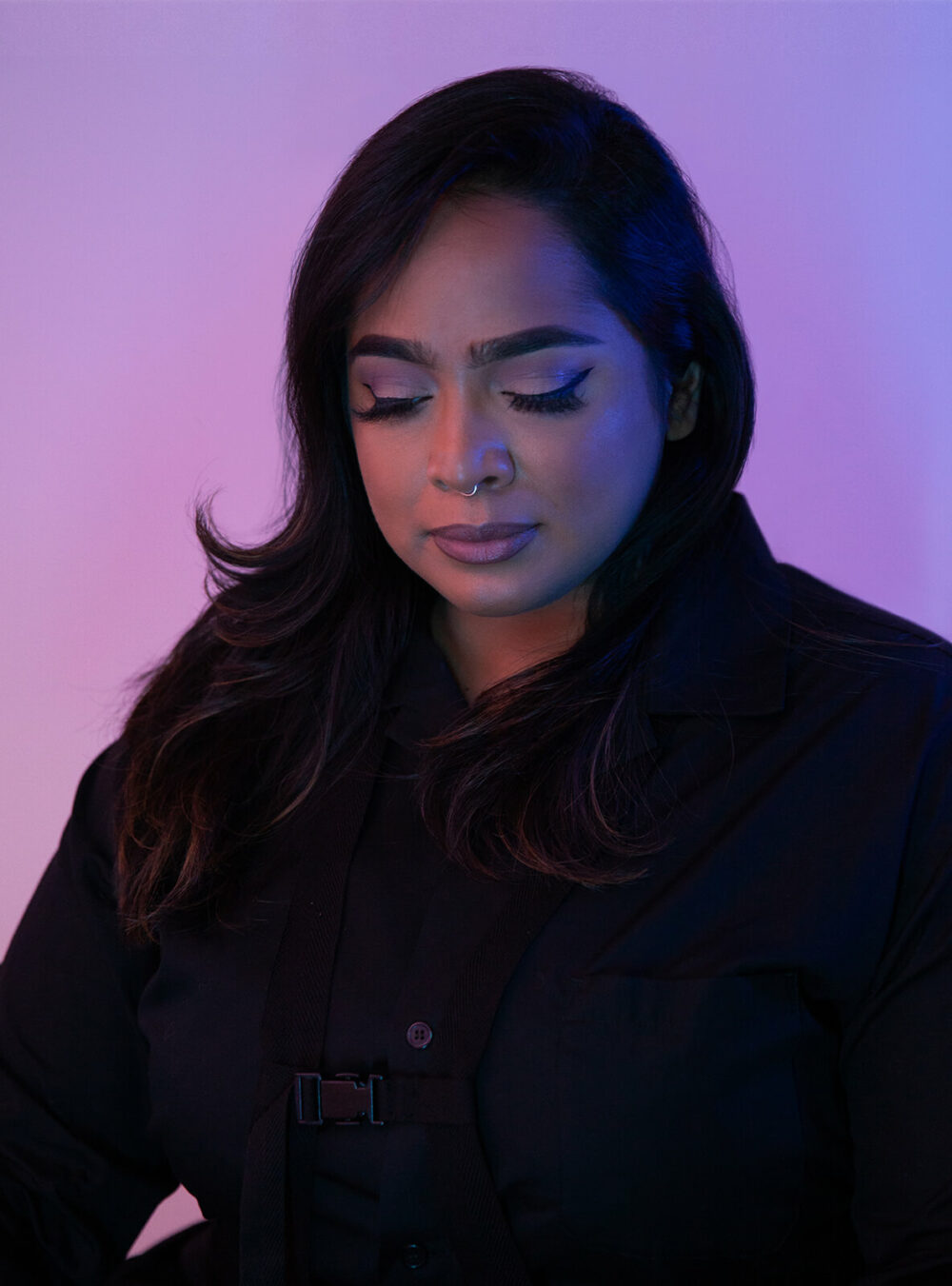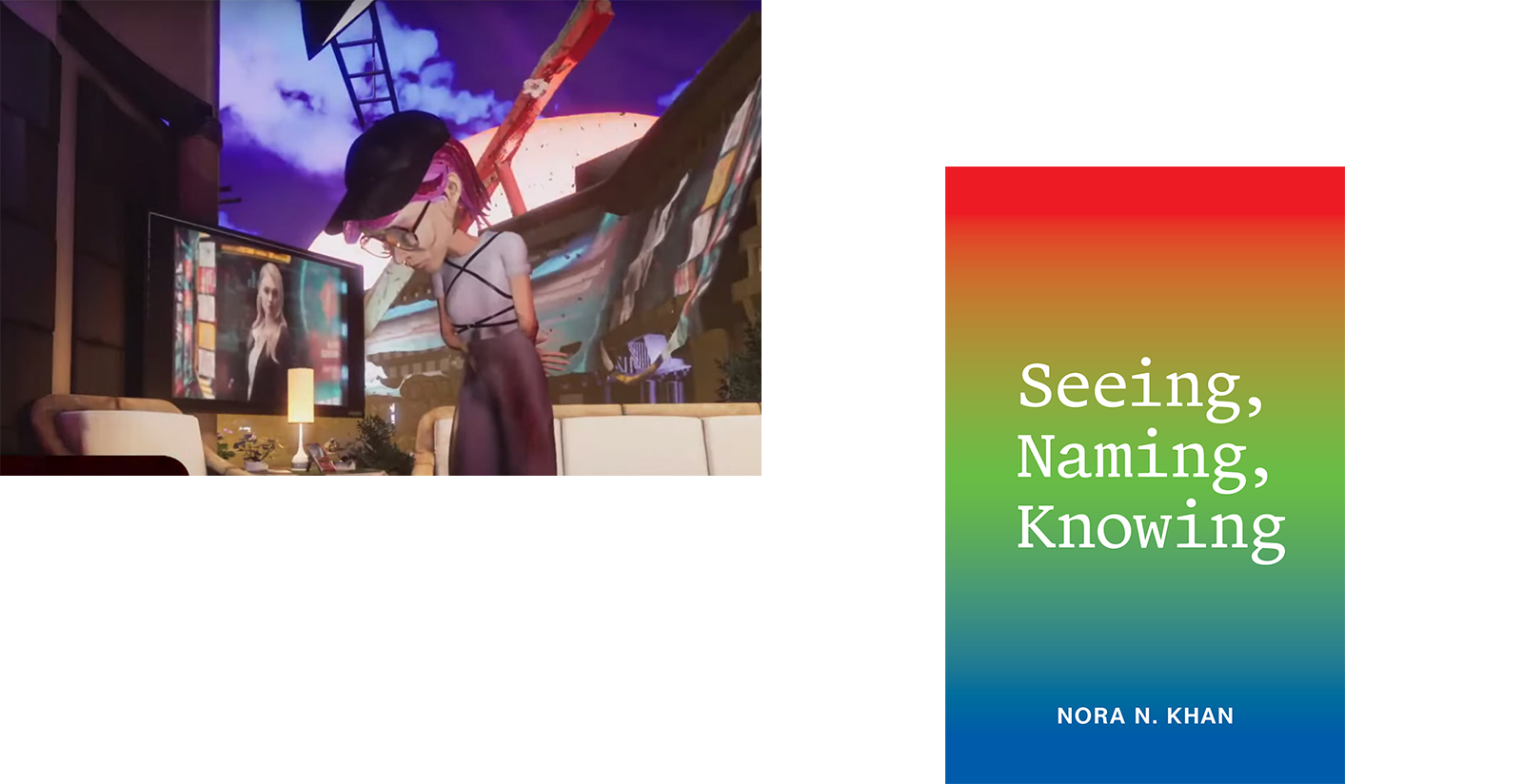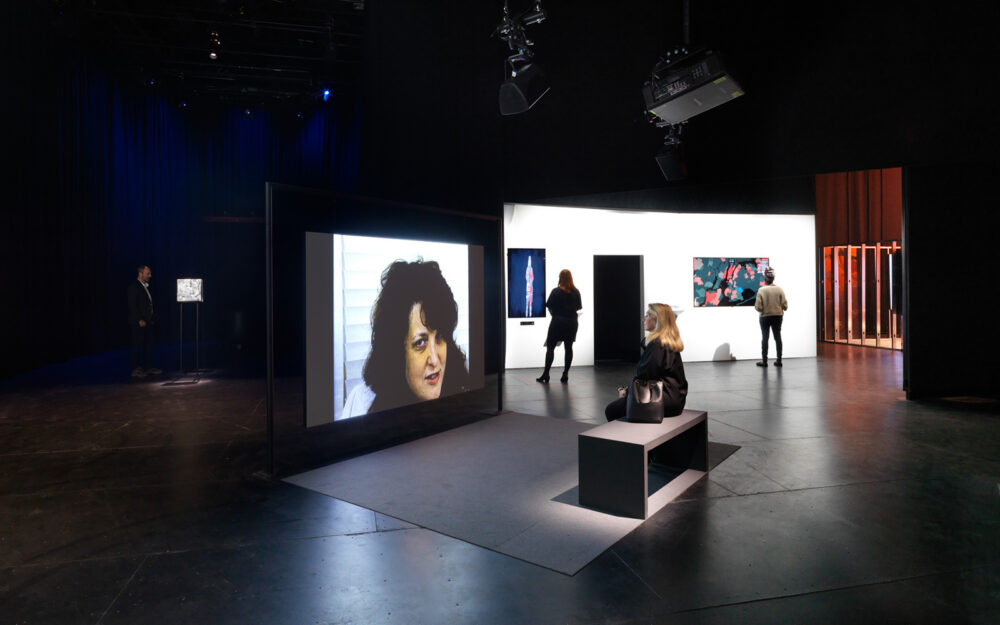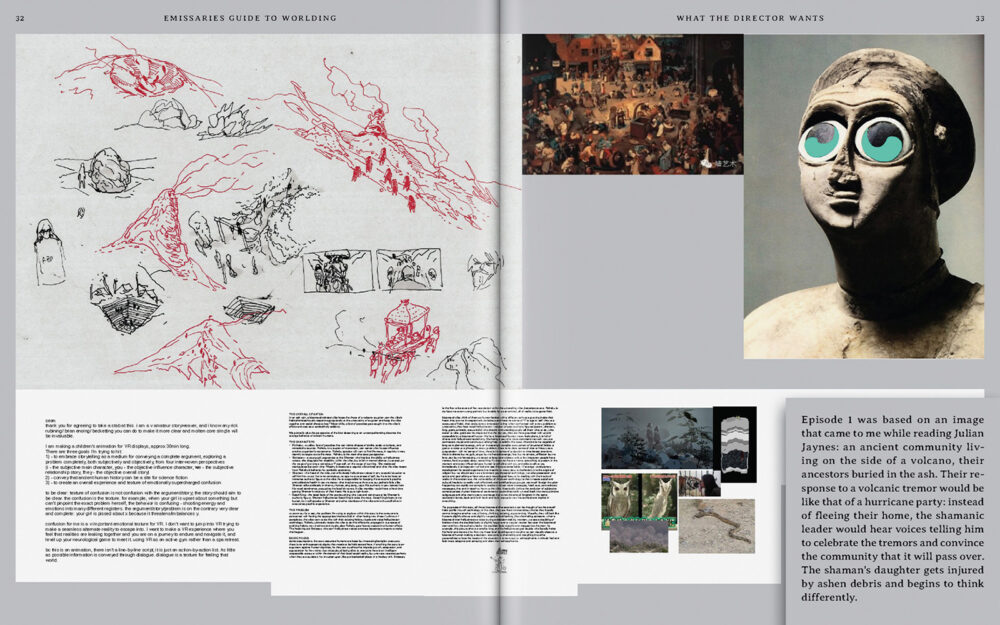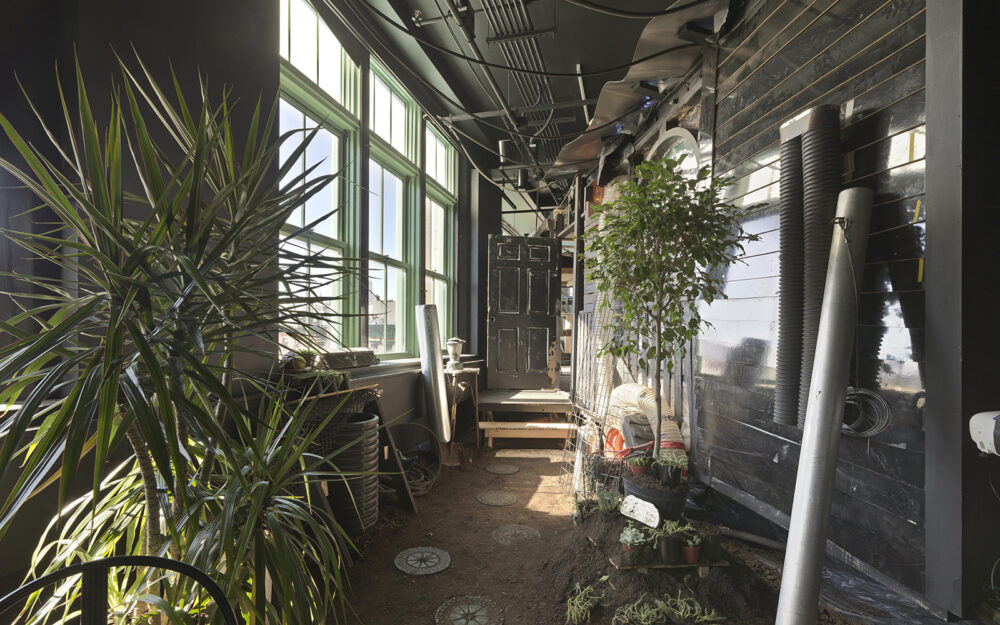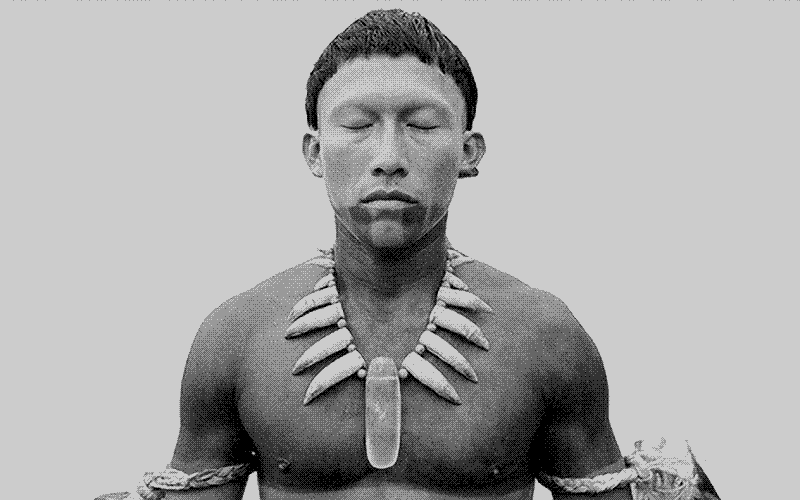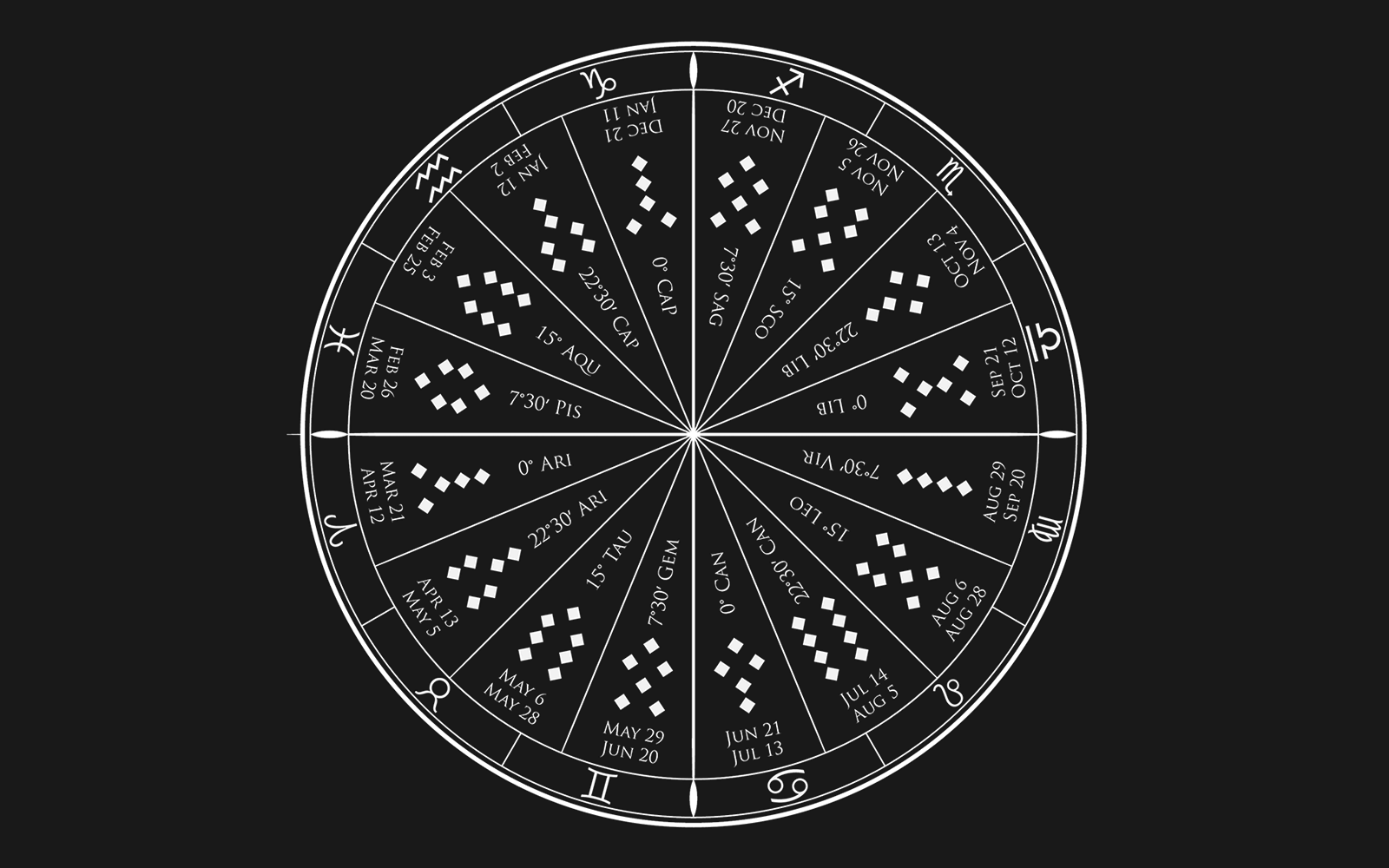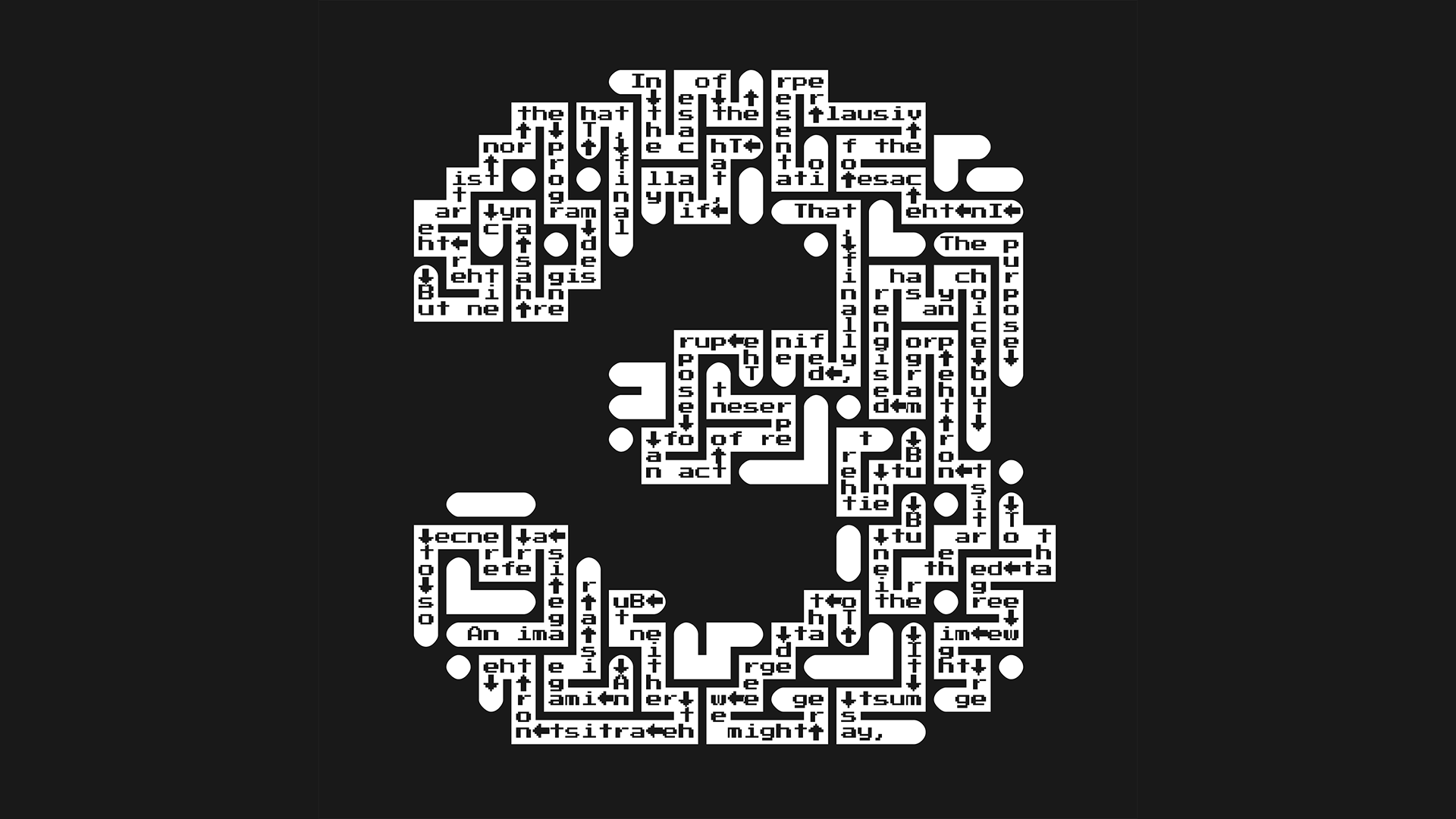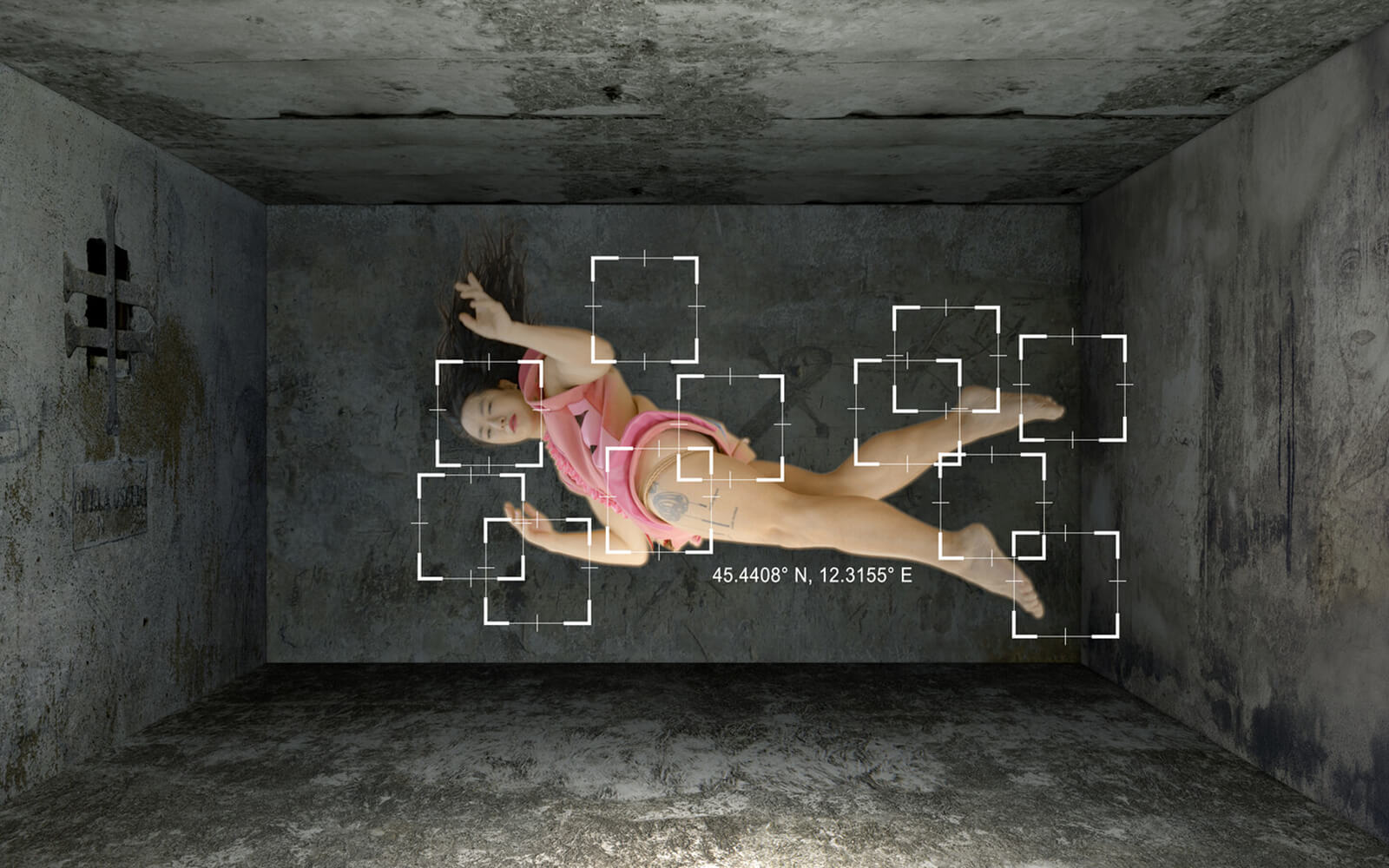HOLO 3: The Editorial Lead
“I’ve drawn on my long and winding travels through art editorial rooms, in and out of collaboration in art–technology spaces, to expand and hopefully deepen its scope.”
“How do we speak about technology as reflection of anxieties? Serious journalistic research ‘reveals’ the works of a system; artworks investigate the logic of machine learning; critics narrate the reveals.”
Despite our expanding online efforts, HOLO’s print edition remains at the heart of what we do. Reimagined as a rotating research framework the HOLO Annual will explore disciplinary interstices with renewed focus and fresh voices in the mix. Every year, a guest Editorial Lead in close collaboration with a Research Partner will develop an agenda around pressing questions and invite a wide range of luminaries to respond. Today, we are proud to announce that Nora N. Khan will steer the 2021 HOLO Annual as Editorial Lead.
Nora N. Khan is a writer of criticism on digital visual culture and the philosophy of emerging technology. Her research focuses on experimental art and music practices that make arguments through software, machine learning, and artificial intelligence. She is a professor at Rhode Island School of Design, in the Digital + Media program, where she teaches critical theory and artistic research, writing and research for artists and designers, and the history of digital media. She’s also the curator behind “Manual Override,” the ambitious 2020 exhibition at NYC’s The Shed, that invited artists including Morehshin Allahyari and Martine Syms to “subvert the values of invasive technological systems.”
Nora first ‘blipped’ on our radar during her tenure with Rhizome, New York, where she shaped the internet and digital art imprint’s voice as editor and lead of its special projects arm. Over the years, we followed her thinking and commentary in top-tier art publications such as Artforum, Flash Art, Mousse, and 4Columns as well as several books. In Seeing, Naming, Knowing (2019), she parsed the logic of predictive algorithms and machine vision, and for Fear Indexing The X-Files (2017), she and co-author Steven Warwick binge-watched the entirety of the 90s sci-fi series and ruminated on its various phobias.
Left: A scene from Drumpilled, a virtual collaboration with Team Rolfes for Unsound 2020
Right: In her most recent book, Seeing, Naming, Knowing (2019, The Brooklyn Rail), Nora parses the logic of predictive algorithms and machine vision
Right: In her most recent book, Seeing, Naming, Knowing (2019, The Brooklyn Rail), Nora parses the logic of predictive algorithms and machine vision
In 2020, Nora was the New York Shed’s first guest curator, organizing “Manual Override,” an exhibition featuring Lynn Hershman Leeson, Sondra Perry, Martine Syms, Morehshin Allahyari, and Simon Fujiwara
A spread from Ian Cheng: Emissaries Guide to Worlding (2018, Serpentine), which Nora contributed to. The book unpacks Cheng’s trilogy of simulations about cognitive evolution, past and future, and the ecological conditions that shape it
A Wild Ass Beyond: ApocalypseRN (2018) is a collaborative installation Nora realized with Sondra Perry, Caitlin Cherry, and American Artist at New York’s Performance Space
However, it’s her idiosyncratic collaborations with artists in the HOLO-verse that really captured our attention: she framed Casey Reas’ machine hallucinations in Making Pictures with Generative Adversarial Networks, worked alongside Sondra Perry, Caitlin Cherry, and American Artist on the installation A Wild Ass Beyond: ApocalypseRN, and meditated on Ian Cheng’s mythical simulations in Emissaries Guide to Worlding. And then there are weird and wonderful collusions that are a little harder to categorize: a virtual influencer that chronicled Unsound festival (with Team Rolfes), a libretto script for an opera about fiber-optic technology (with Bill Kouligas and Spiros Hadjidjanos), and fictions for an mixed reality installation about microbes (with Tuomas Laitinen). This transdisciplinary savviness in experimenting with narrative and format matches great with our ambitions for The Annual.
“In just a few short weeks Nora’s voice has enriched our thinking, offering fresh perspective, generous reflection, and incisive curiosity. The HOLO Annual couldn’t be in better hands!”
Nora joined our team in February, after outlining a bold vision in response to a private call we circulated amongst several of our favourite writers and editors. “How do we speak about technology as reflection of anxieties?” she asked in her proposal and argued: “Serious journalistic research ‘reveals’ the works of a system; artworks investigate the logic of machine learning; critics narrate the reveals.” It’s been non-stop brainstorming ever since. “I’ve drawn on my long, strange and winding travels through art editorial rooms, in and out of collaboration in art–technology spaces, to expand and hopefully deepen its scope,” she wrote in one of her emails. Similarly, under her leadership, The Annual will create (more) space for vital questions and expand the conversation.
We wholeheartedly welcome Nora to the HOLO team! In just a few short weeks her voice has enriched our thinking, offering fresh perspective, generous reflection, and incisive curiosity. We’re excited to support Nora realize her vision, knowing the HOLO Annual couldn’t be in better hands.
Alexander Scholz
Alex is a Berlin-based writer, artistic director, and cultural worker. As the founder and creative director of HOLO, he helps produce and disseminate knowledge on disciplinary interstices, artistic research, and cultural transformations in the digital age. Over the years, he curated exhibitions, conferences, and educational programmes for organizations and festivals including A.C.C. (KR), Mapping (CH), MUTEK (CA), and NODE Forum for Digital Arts (DE).
Greg J. Smith
A writer and cultural worker based in Hamilton, Canada, Greg is an editor for HOLO and his writing has appeared in publications including Creative Applications Network, Musicworks, and Back Office. He is also a PhD candidate within the Department of Communication Studies and Multimedia at McMaster University, where he is researching the emergence of the programmable drum machine in the early 1980s.
